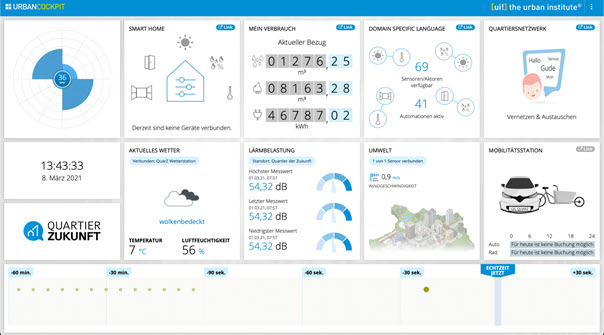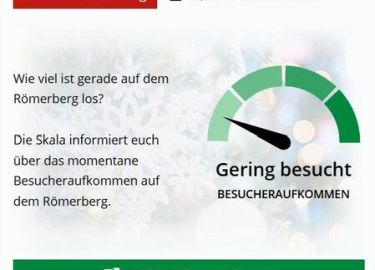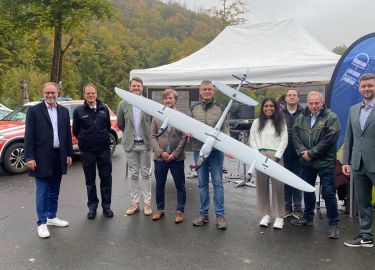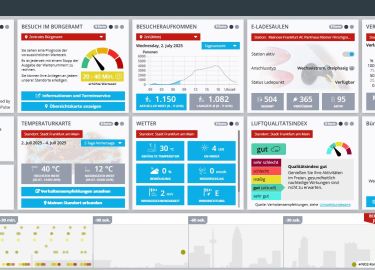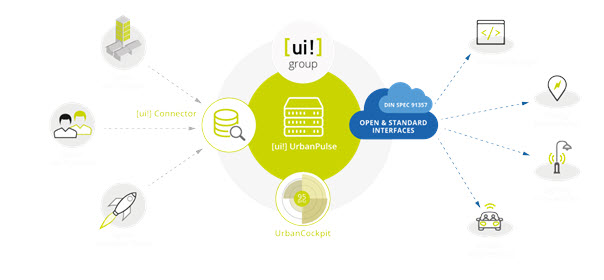 [ui!] UrbanCockpit
[ui!] UrbanCockpit
What is the goal?
An open data and service platform such as the one being developed for the neighborhood of the future enables the comprehensive networking of digital infrastructures in the neighborhood in a highly integrative approach. By connecting to an Open Urban Platform (OUP), data from digital infrastructures is made available across processes and applications and can thus be used in digital solutions as services for living in the neighborhood. The development and implementation of the OUP is based on DIN SPEC 91357, the world's first standard for open urban platforms. The main focus is on preserving the data sovereignty of the individual users. By developing interfaces based on the [ui!] CONNECTOR technology, technical barriers between already established concepts from the fields of smart home and smart city are broken down and a uniform access point to the neighborhood is made possible for data suppliers as well as service providers.
How does it look?
Data provided by a weather station connected to the data platform can be visualized in the neighborhood cockpit and used in services connected to the platform. These added benefits for citizens can be supplemented by further programming and thus integration of smart home devices. In addition to further information on individual consumption and environmental data, the integration of data from the car sharing system will allow residents to view the availability of vehicles and the current status of their reservations directly in the Quartiers Cockpit.
What does the Quartiers Cockpit look like?
The Quartiers Cockpit developed by [ui!] enables the digital solutions and services available to residents to be made accessible across systems and technologies. In order to achieve a high level of user-friendliness and the associated high level of acceptance, the information is presented in clear and easy-to-understand "tiles". These tiles provide residents with a quick and clearly structured overview of the most important data from the neighborhood, which is presented graphically and communicated in real - time. As a result, residents have an overview of their data and the general happenings in the neighborhood at all times. Data protection and the data sovereignty of the residents are always in the foreground. This ensures that residents can only access their own data and that data exchange is appropriately secured.





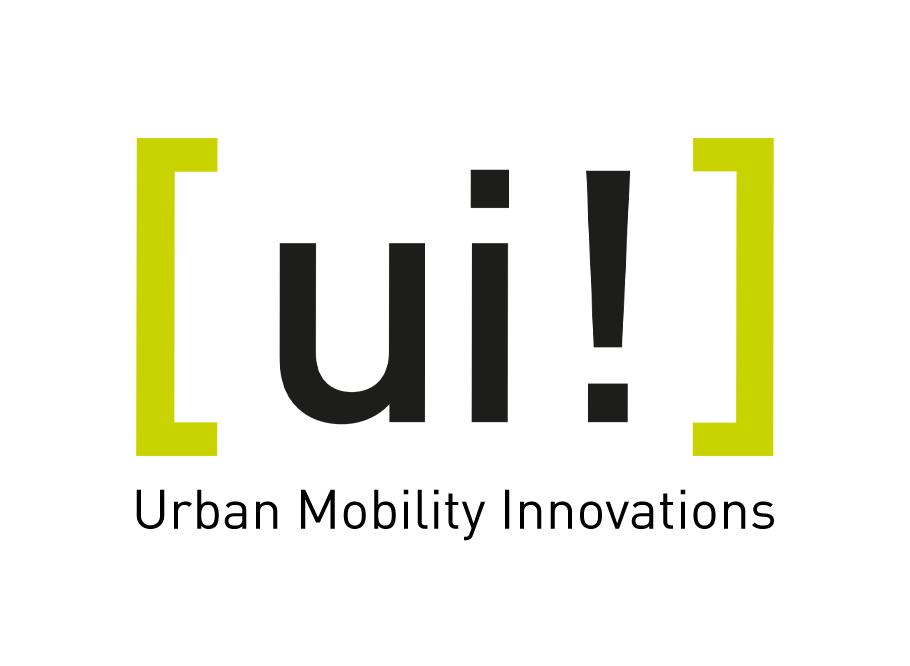
 By Daniel Münch
By Daniel Münch